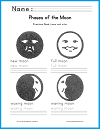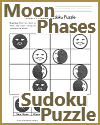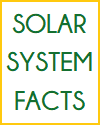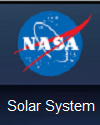Learning about astronomy in lower elementary (kindergarten-3rd grade) introduces young students to basic concepts about Earth, space, and the universe in an engaging, developmentally appropriate way. These topics align with the Next Generation Science Standards (NGSS) and state science frameworks, focusing on observation, patterns, and simple explanations of celestial phenomena.
Kindergarten—Daily and Seasonal Patterns:
- Observe and describe changes in the sky (day/night, clouds, sun, moon).
- Learn that the sun provides light and warmth for Earth.
- Track weather and seasons (foundation for later astronomy concepts).
- Example Activity: Use a flashlight and globe to model day and night.
First Grade—Patterns of the Sun, Moon, and Stars:
- Observe that the sun appears to move across the sky during the day.
- Notice that the moon's shape seems to change (phases introduced simply).
- Identify that stars are visible at night.
- Example Activity: Chart the moon's phases over a month with drawings.
Second Grade—Earth's Place in Space:
- Understand that Earth is a planet in space.
- Compare sizes and distances (sun is much larger than Earth, very far away).
- Explore how tools like telescopes help scientists study space.
- Example Activity: Create a simple solar system model with scaled sizes (e.g., inflatable planets).
Third Grade—Gravity and Planetary Motion:
- Learn that gravity keeps planets in orbit around the sun.
- Compare Earth to other planets (rocky vs. gas, temperature, moons).
- Study how Earth's tilt and orbit cause seasons.
- Example Activity: Use a lamp and Styrofoam ball to model seasons.
Key Standards Alignment:
- NGSS K-ESS2-1: Weather and climate patterns.
- NGSS 1-ESS1-1: Sun, moon, and star patterns.
- NGSS 1-ESS1-2: Daylight changes with seasons.
- NGSS 2-ESS1-1: Earth's events over time (fossils, landforms, space connections).
- NGSS 3-PS2-2: Gravity's role in the solar system.
Common Teaching Strategies:
- Hands-on models (e.g., flashlight = sun, globe = Earth).
- Outdoor observations (sunset tracking, moon journals, star maps).
- Storybooks (The Sun Is Kind of a Big Deal by Nick Seluk, There's No Place Like Space by Tish Rabe).
- Planetarium visits or virtual field trips (NASA's kids' site).
By 3rd grade, students grasp that Earth is part of a larger system, setting the stage for deeper solar system and physics topics in upper elementary.
|













